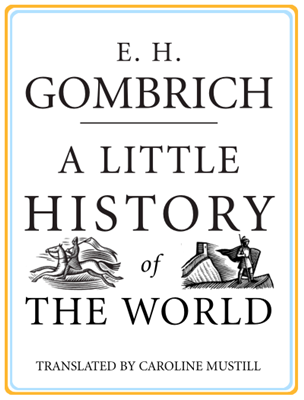In the end, perhaps 6,000 years ago, that is, 4,000 BC, they found a new and more convenient way of making tools: they discovered metals.
最后,約6000年以前,即公元前4000年,他們獲得了一種新的更方便的制造工具的方法:他們發現了金屬。
Not all of them at once, of course.
當然不是一下子同時發現了所有的金屬。
It began with some green stones which turn into copper when melted in a fire.
首先是那些綠色的石頭,人們用火熔化它們,它們就變成了銅。
Copper has a nice shine, and you can use it to make arrowheads and axes, but it is soft and gets blunt more quickly than stone.
銅閃著美麗的光,你可以用銅鍛造箭頭和斧子,但是銅很軟,它比石頭更容易變鈍。

But once again, people found an answer.
人們再一次發現了解決方法。
They discovered that if you add just a little of another, very rare, metal, it makes the copper stronger.
他們發現:如果你把另一種很罕見的金屬摻和進去,便能使銅變硬。
That metal is tin, and a mixture of tin and copper is called bronze.
這種金屬就是錫,而銅和錫的混合物就叫做青銅。
The age in which people made themselves helmets and swords, axes and cauldrons, and bracelets and necklaces out of bronze is, naturally, known as the Bronze Age.
人類用青銅制造他們的頭盔、劍、斧頭和鍋,還有青桐制作的手鐲和項鏈,這個時期,自然就被稱為青銅時期。











